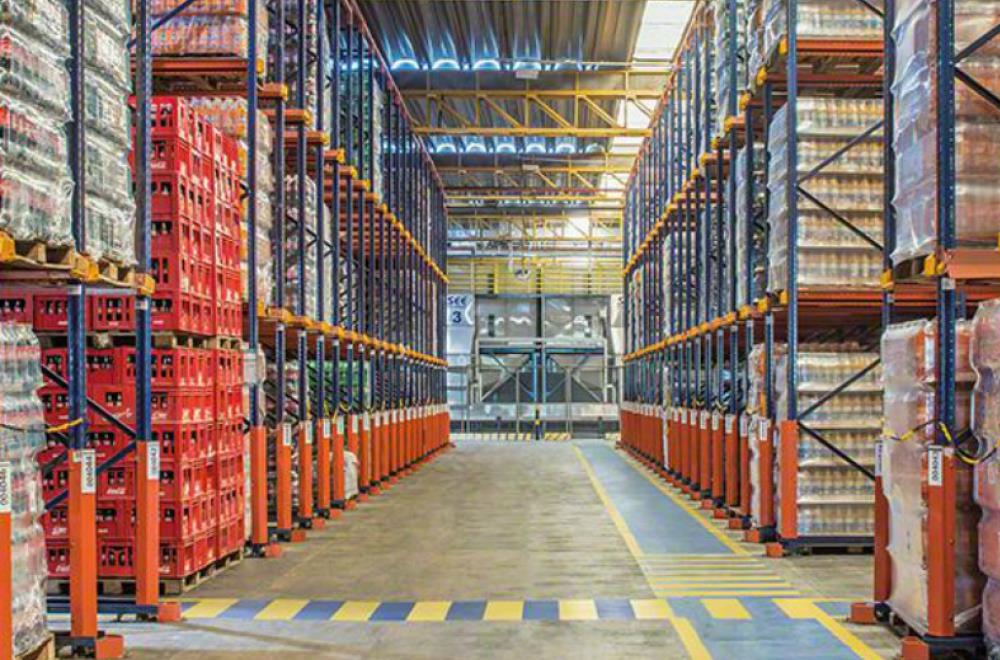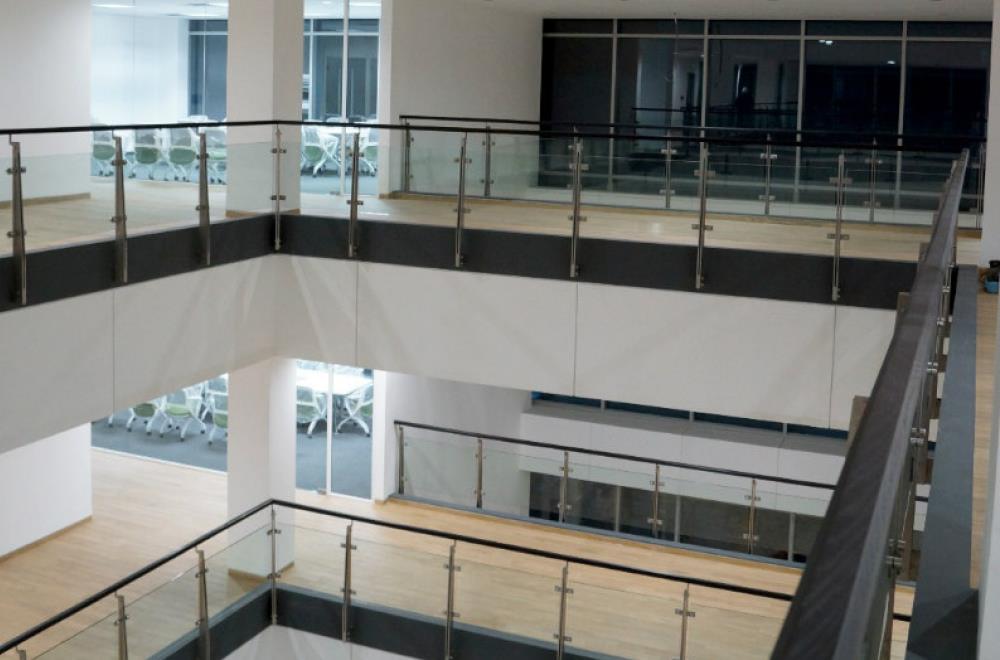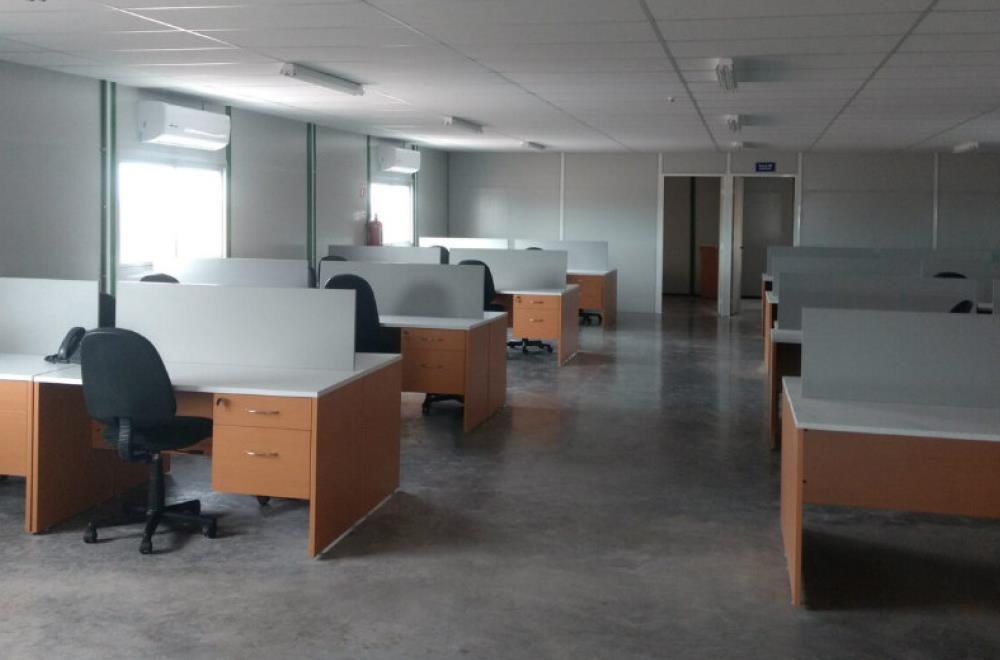What is Sustainable Construction? A Guide to Building for the Future
What is Sustainable Construction? A Guide to Building for the Future
Sustainable construction, also known as green building or eco-friendly construction, is an approach to building that aims to minimize the environmental impact of construction projects while maximizing resource efficiency and promoting long-term sustainability. In this comprehensive guide, we'll explore the principles, benefits, and future implications of sustainable construction.
Understanding Sustainable Construction
At its core, sustainable construction involves designing, constructing, and operating buildings in a way that reduces their overall environmental footprint. This includes:
-
Resource Efficiency: Utilizing materials, energy, and water efficiently throughout the building's lifecycle.
- Environmental Protection: Minimizing pollution, waste generation, and habitat destruction during construction and operation.
- Health and Well-being: Creating indoor environments that promote occupant health, comfort, and productivity.
- Resilience: Designing buildings to withstand and adapt to changing environmental conditions, such as climate change and natural disasters.
Why is Sustainable Construction Important?
The construction industry has a significant impact on the environment. It is responsible for:
Sustainable construction is crucial for several reasons:
- Environmental Preservation: By reducing resource consumption and minimizing pollution, sustainable construction helps preserve natural ecosystems and biodiversity.
- Climate Change Mitigation: Buildings are significant contributors to greenhouse gas emissions. Sustainable construction practices can help reduce carbon emissions and combat climate change.
- Resource Conservation: As finite resources become scarcer, sustainable construction helps conserve resources for future generations.
- Cost Savings: While sustainable construction may require higher initial investments, it often results in long-term cost savings through reduced energy and water bills, lower maintenance costs, and increased property value.
- Regulatory Compliance: Many governments and regulatory bodies are implementing stricter environmental standards and building codes, making sustainable construction essential for compliance and avoiding fines or penalties.
The Benefits of Sustainable Construction
The benefits of sustainable construction are numerous and far-reaching:
- Economic Benefits: Cost savings through energy and water efficiency, increased property value, and potential eligibility for tax incentives or grants.
- Social Benefits: Improved occupant health and well-being, enhanced community resilience, and creation of green jobs.
- Long-Term Viability: Sustainable buildings are more resilient to future challenges, such as climate change impacts and resource scarcity.
The Future of Sustainable Construction
As society continues to prioritize environmental stewardship and sustainability, the demand for sustainable construction will only increase. Architects, engineers, developers, and policymakers must collaborate to innovate and implement new technologies, materials, and design strategies to create a built environment that meets the needs of the present without compromising the ability of future generations to meet their own needs.
In conclusion, sustainable construction is not just a trend; it's a necessity for building a better future for our planet and its inhabitants. By embracing sustainable practices, we can create healthier, more resilient, and environmentally responsible buildings that benefit us all.
Here are some additional resources on sustainable construction:




